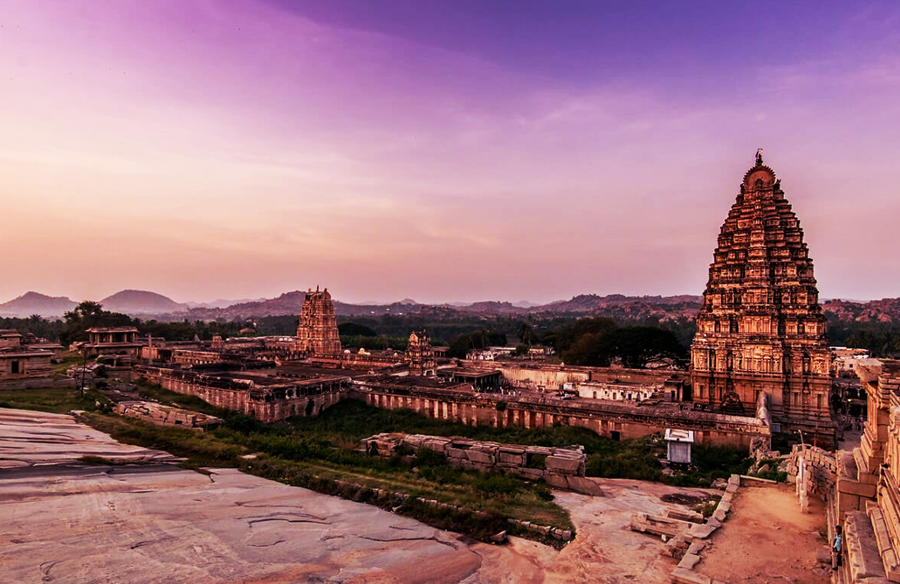Mahabharata, the great Indian epic that narrates the story of struggles and war between the Pandavas and Kauravas written by Vyasa is the longest known epic poem. There have been any attempts to find out whether this mythological war did occur or not. It is believed that the mythological events related to the epic fall between 9th and 8th century BCE. While the story of Mahabharata talks about the victory of good over evil (dharma over adharma) and discusses the goals of life, it also describes the architecture of the cities and civilizations then in a very beautiful way.
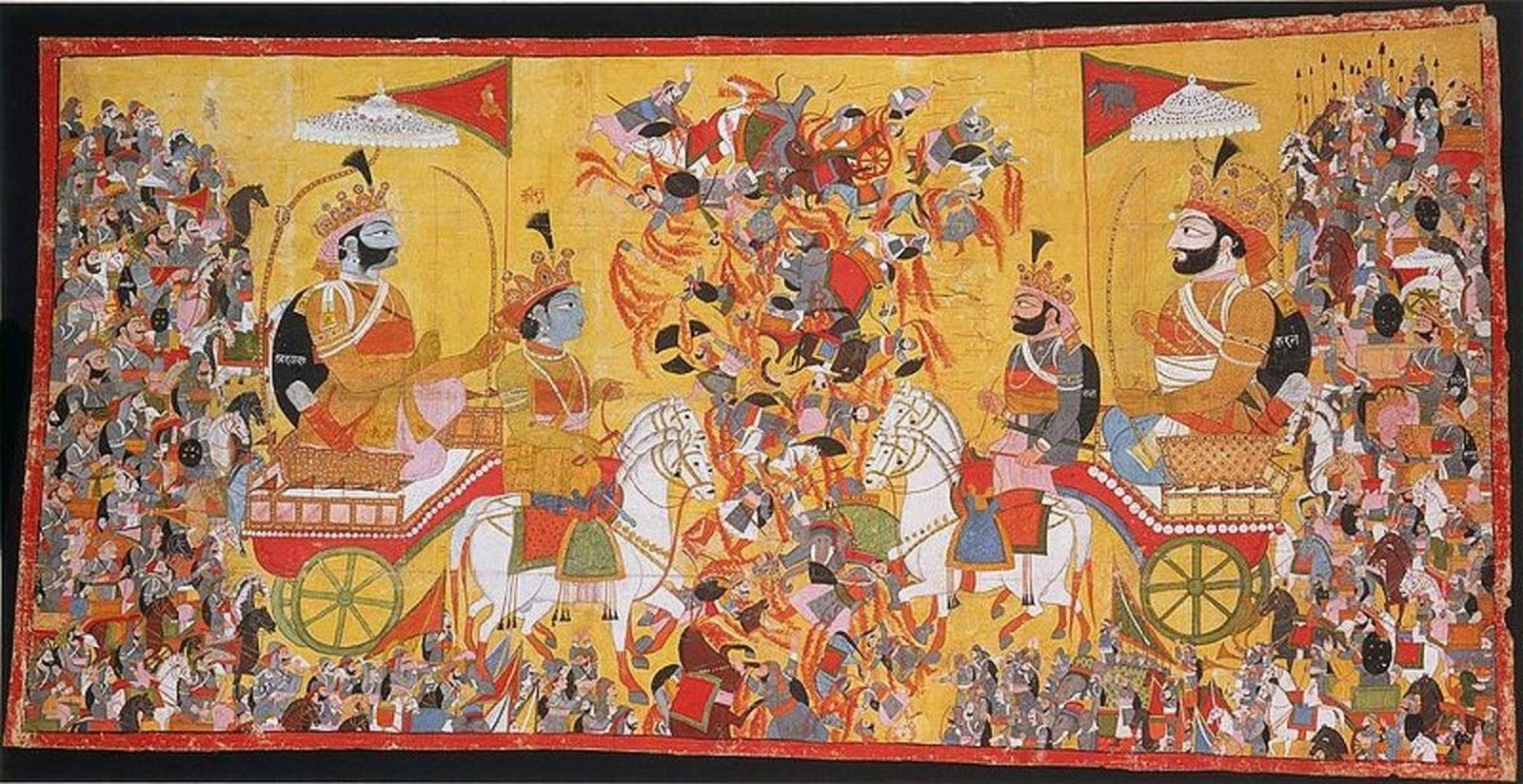
Vishwakarma
Vishwakarma is described as the divine God of architecture according to Hinduism. He is the great architect that designed major cities mentioned in the Mahabharata like Indraprastha and Dwarka. He even created and designed miracles like Lanka, Vajra and many others. Architectural elements of the cities planned by him include grand palaces, wide roads, recreational and green spaces in the cities, grid layouts, water features like pools, ponds, etc.
Indraprastha
Indraprastha, the great capital of the kingdom of Pandavas, designed and built by the great architect Vishwakarma was actually a rugged forest and a barren land called Khandavaprastha located at the banks of Yamuna river. Vyasa describes Indraprastha as a utopia – an ideal example of how cities should be planned and functioned in the epic. According to the epic, the city housed a grand palace, wide roads, lush green gardens, water elements.
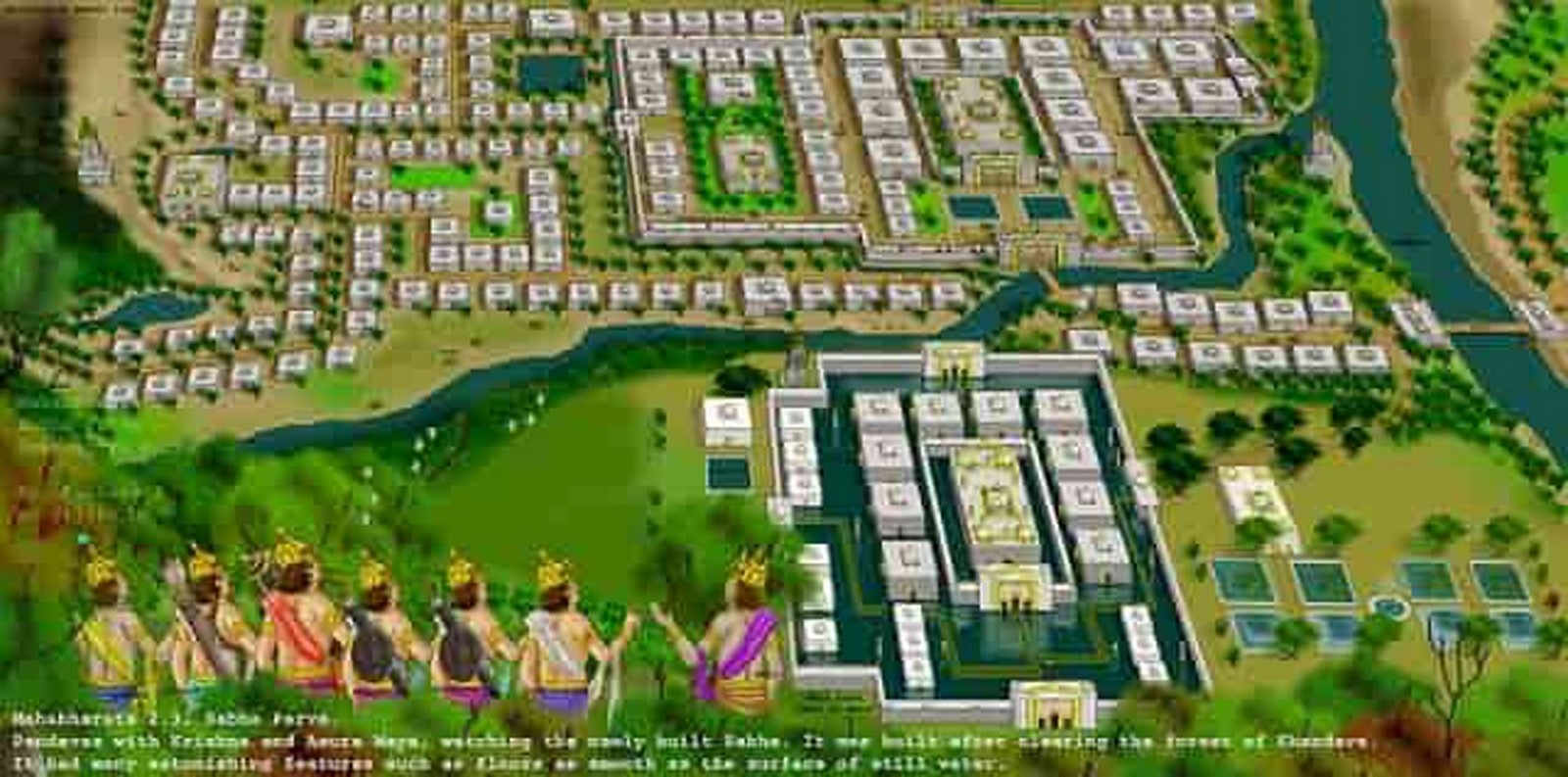
The Royal Palace is described as a brilliance of beauty and structure. It was designed by Mayasura and built only in 5 years. It is also known as the Maya Sabha or the Hall of Illusions. It had reflective crystal floors which looked like pools of water. The royal palace was splendorous and mysterious in nature. It is described to have flowing lines, magnificent halls, built with crystals and gems, having many ponds and pools and a depiction of wealth, grandeur and luxury. No wonder Duryodhana was jealous when he first saw this capital city – from a barren piece of land to a flourishing and successful town.
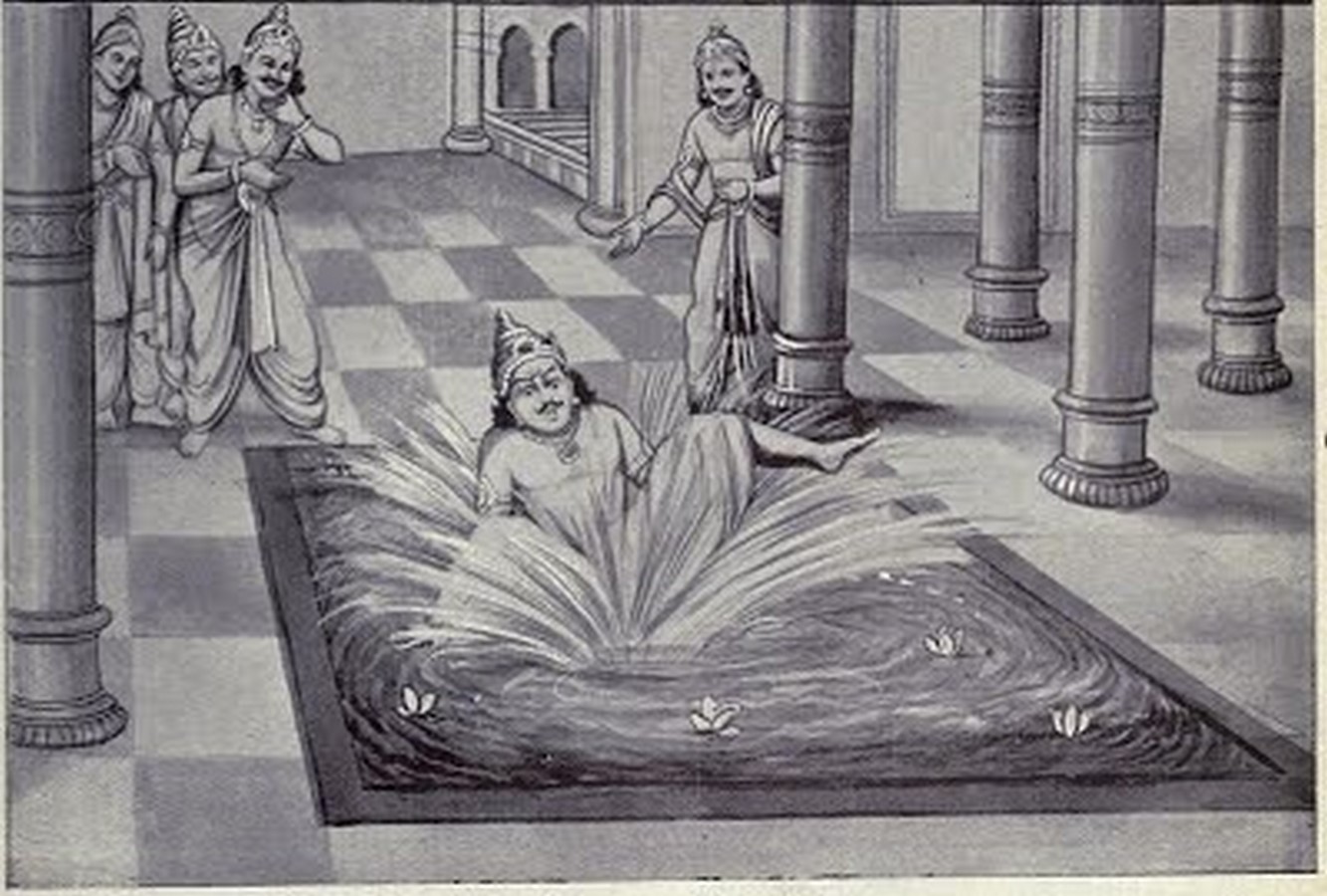
Modern history locates Indraprastha at present day Purana Qila area in New Delhi. ASI describes it as an ancient settlement where archaeological studies and continued excavations have been performed since the 1950s. During the excavations many special pots, painted items, utensils and other items of that period have been found. The five villages asked by the Pandavas as a peace treaty before the Mahabharata war were Indraprastha, Swarnaprastha, Panprastha, Vyaghraprastha and Triprastha which are located by historians as areas of Delhi, Sonipat, Panipat, Baghpat and Tipat.
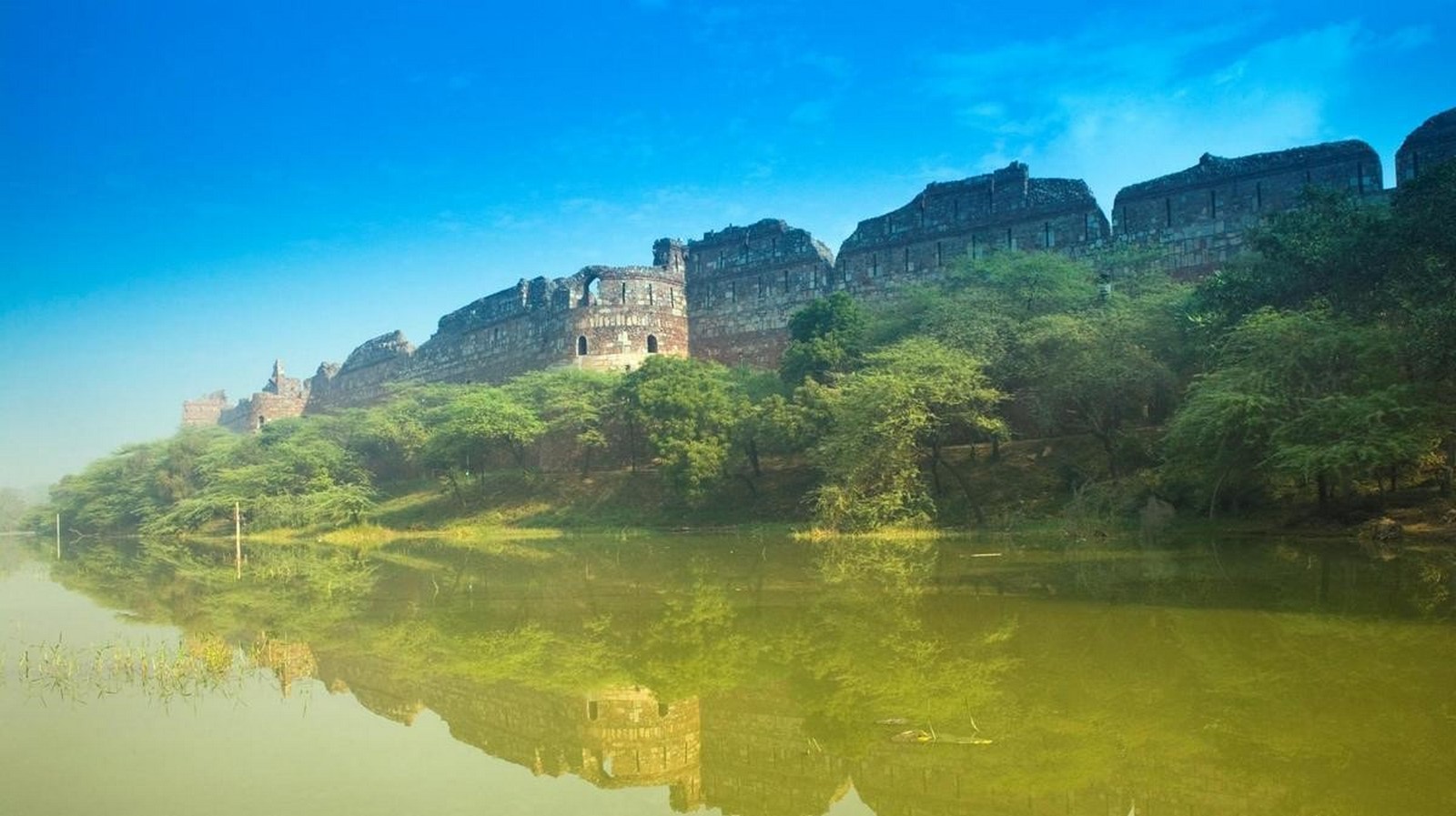
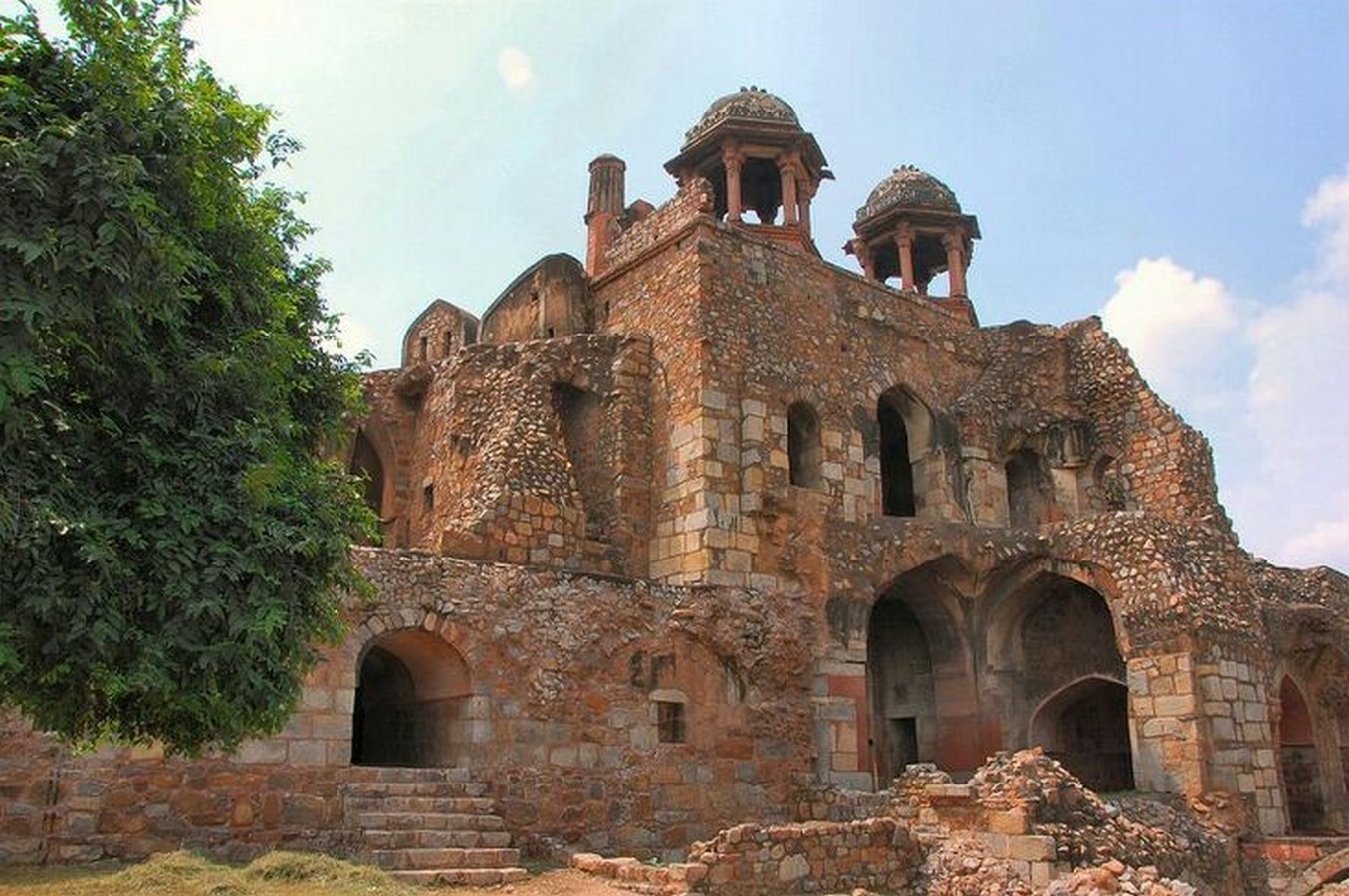
Hastinapur
Hastinapur, the Kaurava capital, is the cultural center of the epic. It is the city that is the center of the power struggle between the cousins – Pandavas and Kauravas. The city is said to be washed away by the floods of Ganga. Historians locate Hastinapur between present day Meerut and Mawana region in Uttar Pradesh. There are many excavations carried out by ASI in this region. Some of the excavations show the presence of brick – lined roads, drainage systems, agricultural areas, terracotta discs, road networks, areas like huge kitchens and ghats. Excavations also show the flourishing iron industry of Hastinapur.
War weapons like knives, axes, hooks, arrowheads, etc. are found among the excavations.
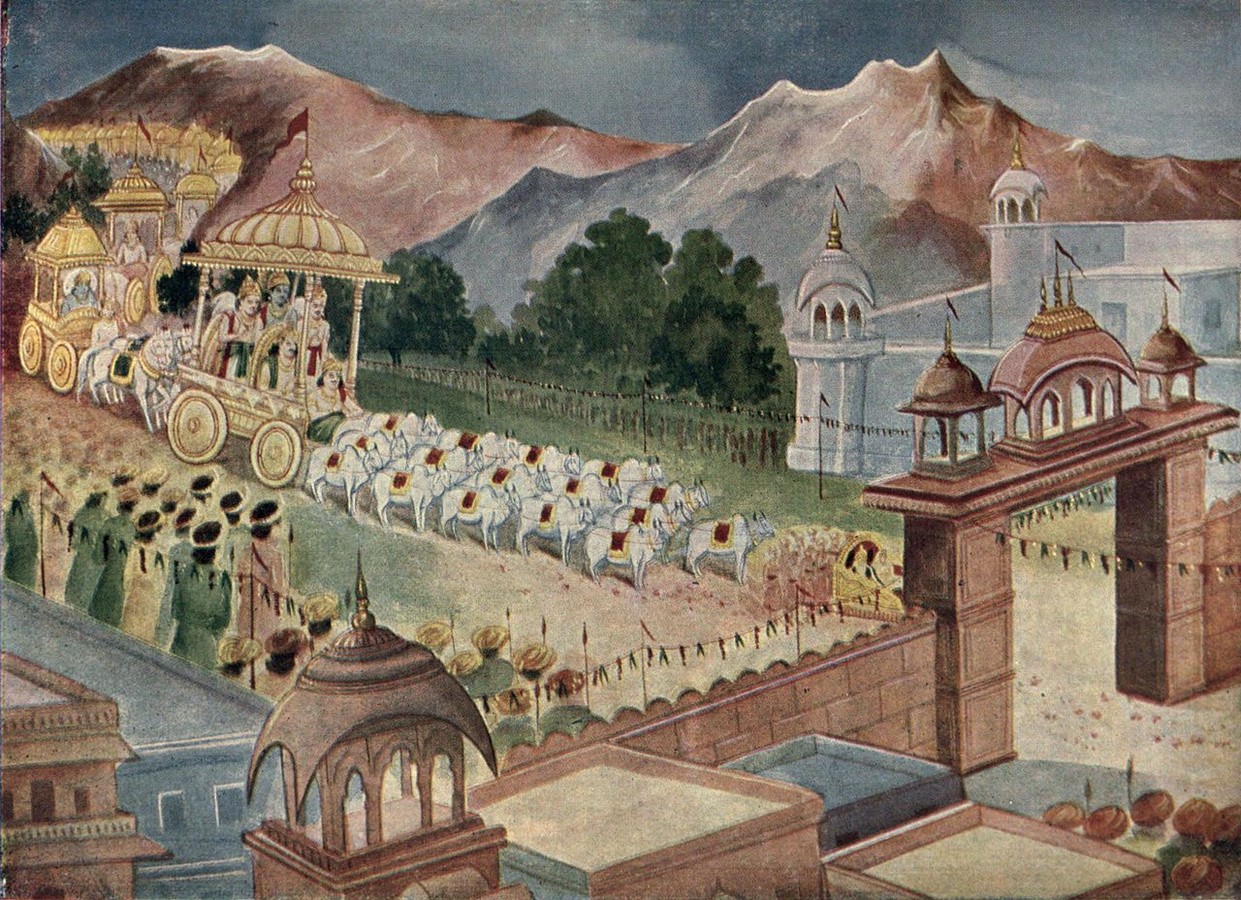
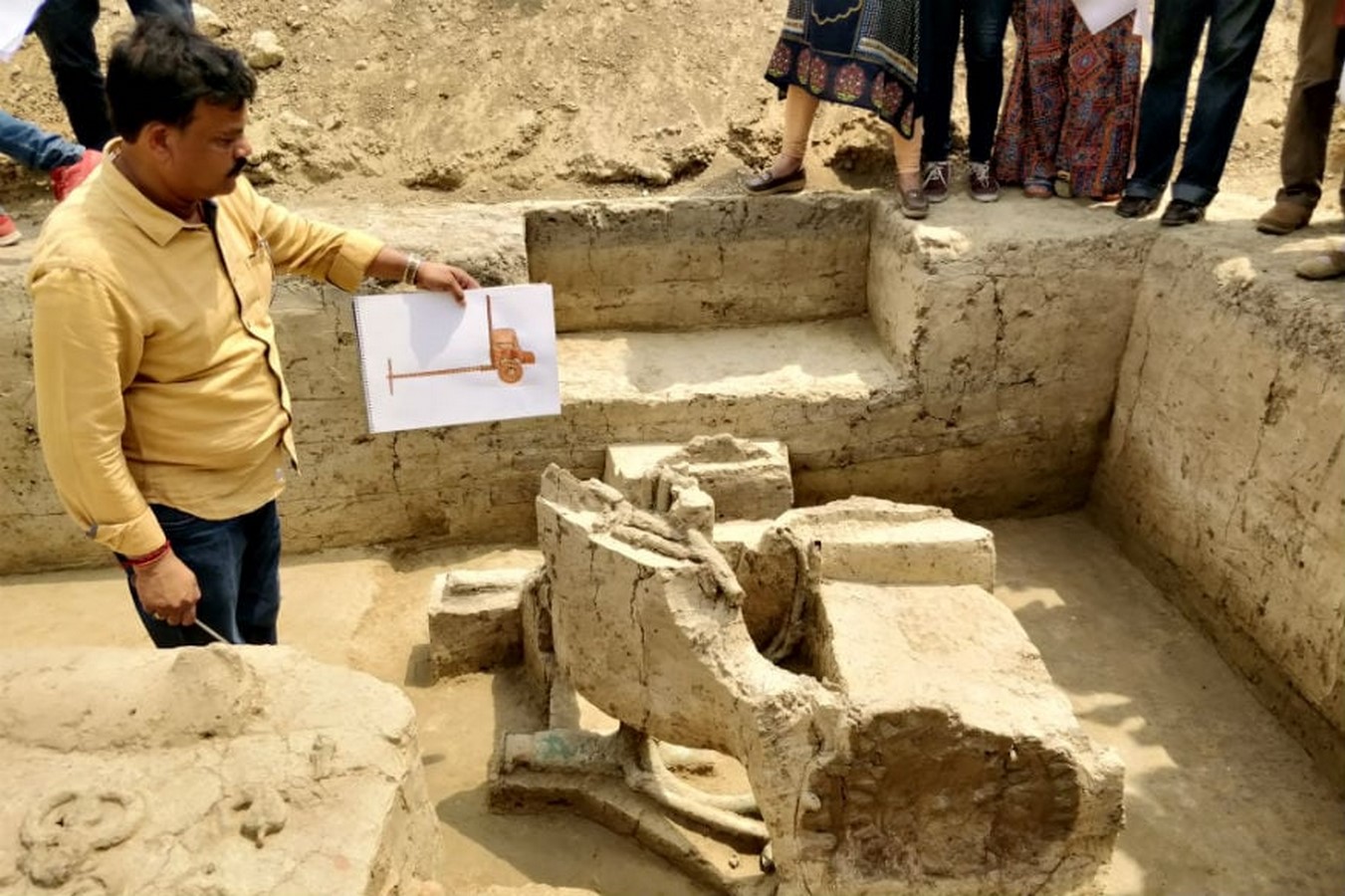
Dwarka
Dwarka is the kingdom of Krishna and another city planned by the great Vishwakarma. With many archaeological discoveries, the city is more than a legend. According to the Hindu scriptures it is a gated utopian city with opulent architecture filled with parks, gardens, lakes and boasted 900,000 royal palaces. The palaces were constructed with crystal, silver and decorated with precious gems and jewels. The interiors and furnishings were built of gold and precious metals.
As described in the epic, the city had well laid boulevards and roads, market places, assembly of houses and temples.
The charm of the city was that it was well planned with courtyards and patios in all houses. The residential area of Krishna and his 16,000 queens was luxurious and extravagantly decorated with coral forms, decorated pillars and inlaid gems.
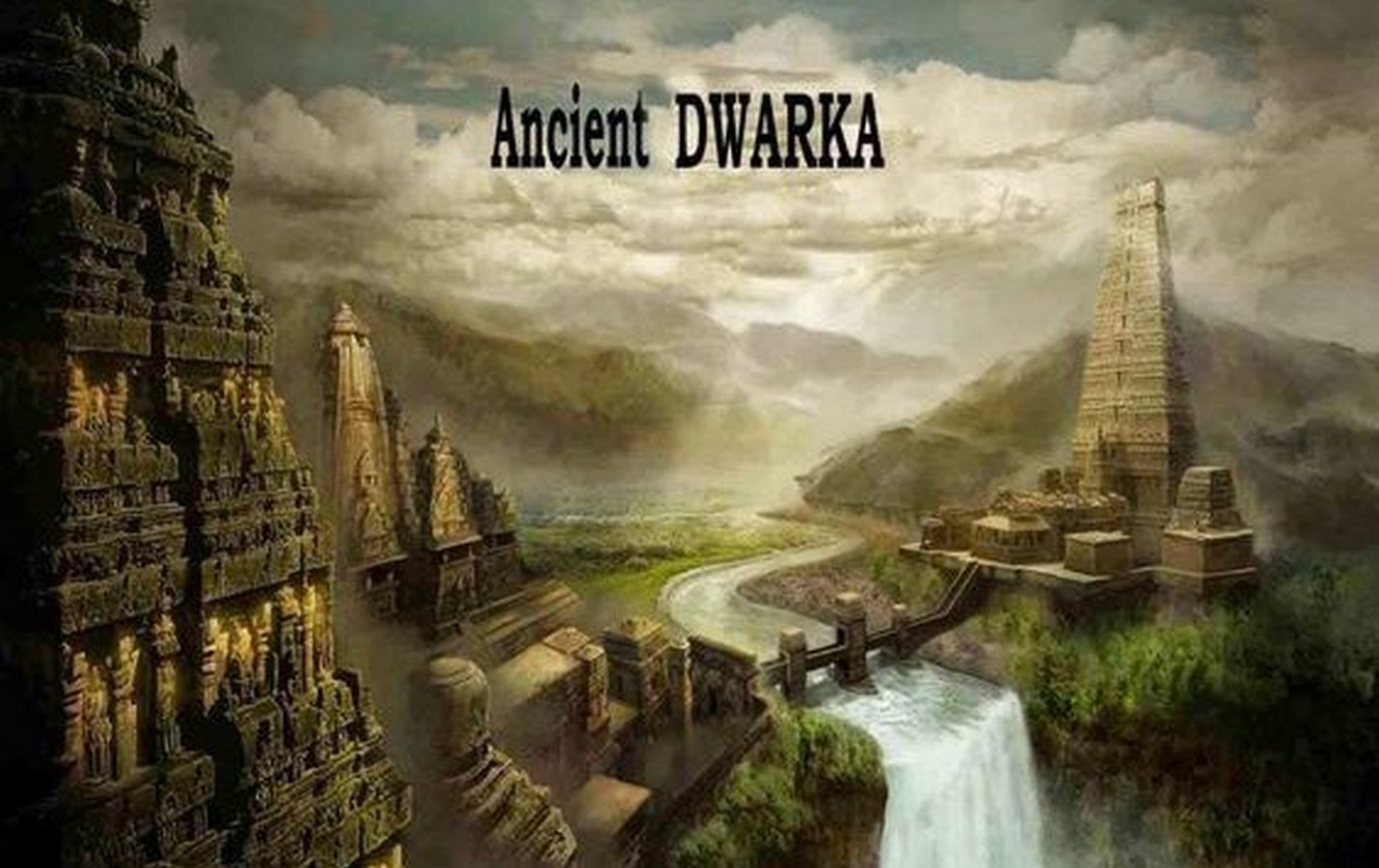
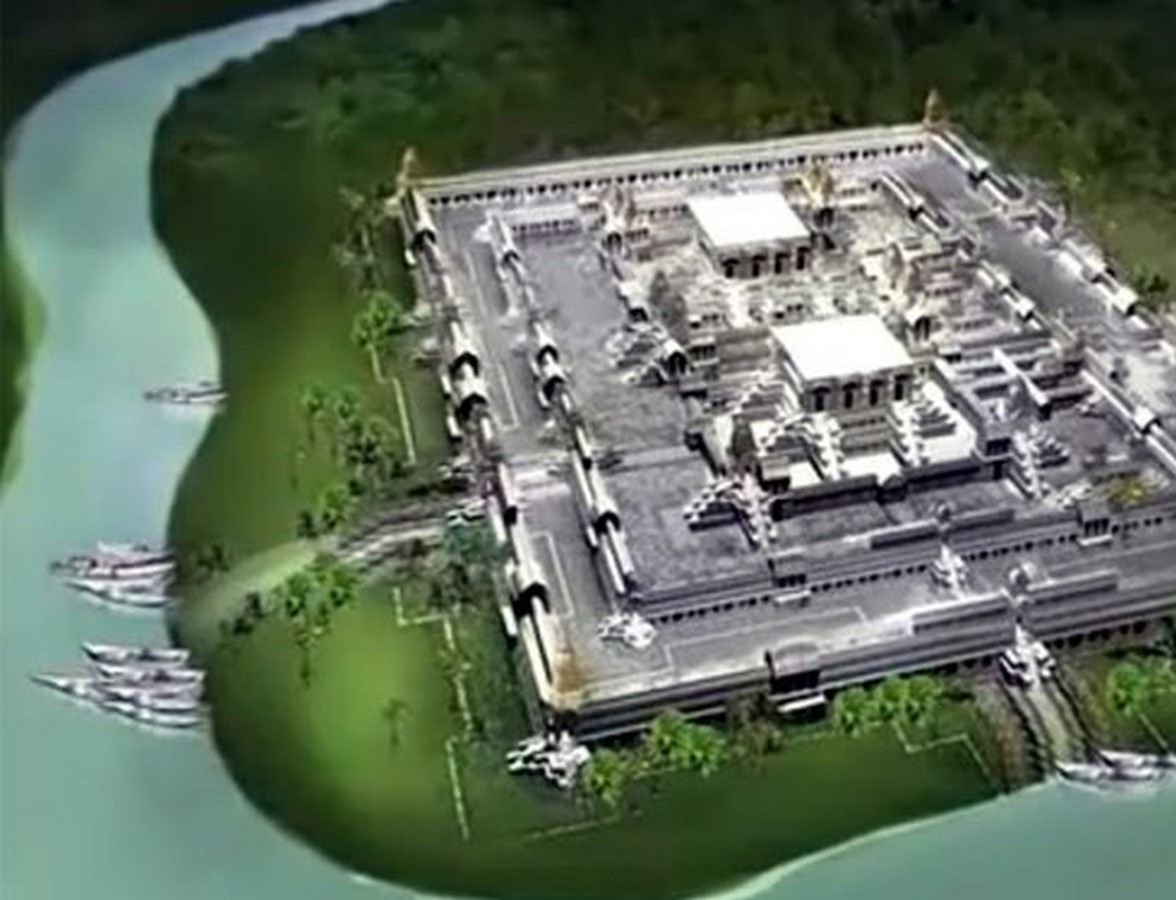
As per the legend, the city rose from the sea with a stone wall around it to protect it and the legendary kingdom sank into the Arabian sea. At present, there is a modern city of the same name. There is an excavation site on Bet Dwarka which is an island located at some distance from the coast of Gujarat and assumed to be located on the north of the mythological city. Among the excavations, evidence is found that there was significant settlement there.
In the years from 1983 to 1990, the marine archaeological unit of India did underwater excavations at Dwarka and Bet Dwarka confirming the existence of this Utopian city state submerged in the sea. Among the excavations were found bastions, wall pillars, stone anchors, seals, inscriptions, pottery, sculptures and metal objects. Stone walls surrounding the city for protection, well laid grids of streets and remains of a sea port were also found. According to the description of the town plan of Dwarka, six blocks with protective walls of dressed sandstone are also found in the excavations.
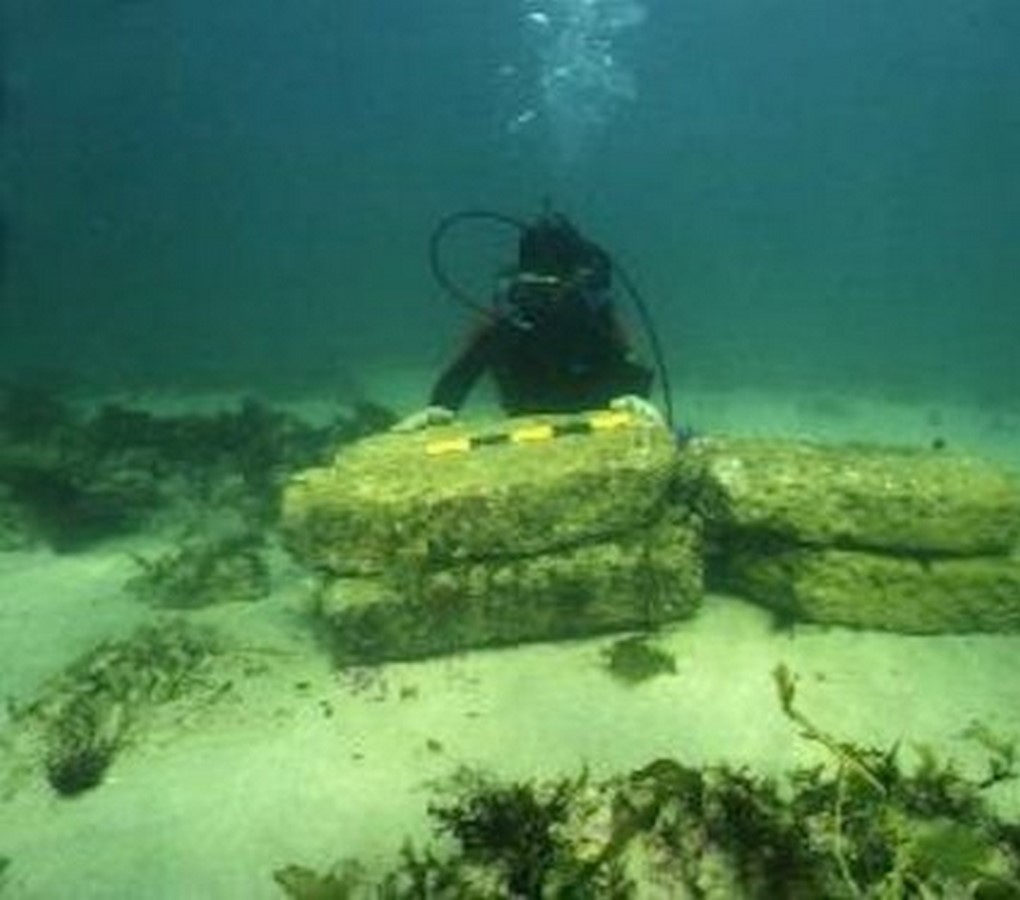
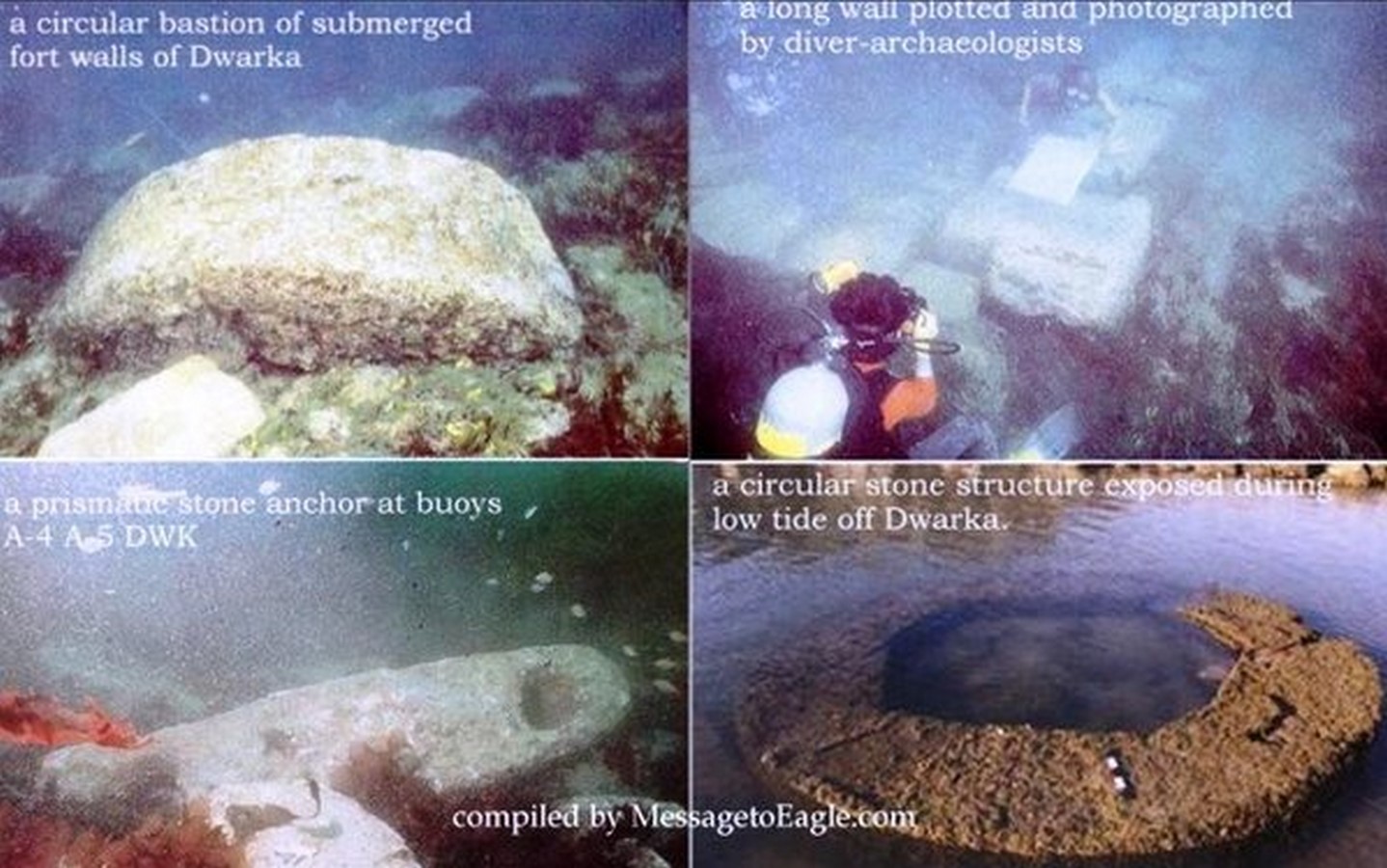
Varnavrat
According to the epic, Varnavrat was a large town in the middle of a forest where the Pandavas lived temporarily and were attempted to kill in the fire of Lakshagraha. The palace at Lakshagraha, also known as the house of lacquer/ wax was designed and built by Purochana. It was made of highly flammable materials and hence was a death trap. The epic describes that the house had sub – terranean passages through which the Pandavas escaped which opened close to river Ganga.

Historians and archaeologists locate Varnavrat at modern day Barnava village of Baghpat district near Meerut. It is situated on a 100 feet mound about 71 km from Hastinapur. ASI gave permissions to excavate this site in November 2017 and has been investigating the tunnels which were unexplored so far.



